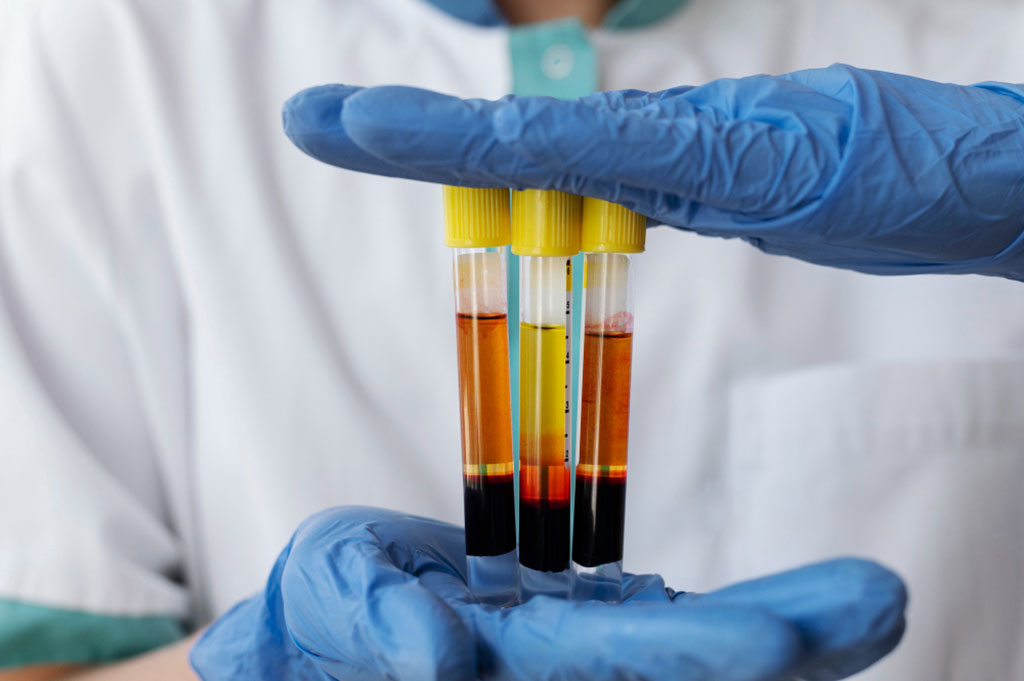Biological Test Could Be a Game-Changer in Parkinson’s Diagnostics
Posted on 14 Apr 2023
A method capable of detecting the accumulation of abnormal protein deposits associated with Parkinson's disease in cerebrospinal fluid has been proven to accurately identify patients with the condition, new research reveals. Furthermore, the study indicates that the test can recognize individuals at risk and those exhibiting early, non-motor symptoms before diagnosis. This could eventually facilitate a system for early detection and prevention of debilitating motor symptoms, such as tremors.
Researchers at Penn Medicine (Philadelphia, PA, USA) have confirmed that the α-synuclein seed amplification assay (αSyn-SAA) is extremely precise in detecting Parkinson's disease patients and categorizing them based on genetic and clinical markers. The technique involves amplifying minuscule amounts of misfolded α-synuclein aggregates found in samples from Parkinson's patients to levels detectable through standard laboratory methods. This approach builds upon the pioneering discovery of synuclein protein deposits as a key biological marker of Parkinson's disease by the researchers.

The study analyzed αSyn-SAA results from over 1,100 participants, including individuals with Parkinson's disease, those with genetic or clinical risk factors but not yet diagnosed, and control volunteers. Their cerebrospinal fluid samples were assessed using αSyn-SAA. The comprehensive analysis corroborated earlier, smaller studies that αSyn-SAA yields positive results in 88% of all Parkinson's disease participants, encompassing both sporadic and genetic cases. Over 95% of control volunteers tested negative.
Additionally, some participants had conditions known to precede Parkinson's disease without a formal diagnosis. These include rapid eye movement (REM) sleep behavior disorder and unexplained loss of sense of smell. Among those enrolled in the study for their loss of smell, 89% had positive αSyn-SAA results. Likewise, 85% of REM sleep behavior disorder cases exhibited positive αSyn-SAA outcomes. The test also yielded positive results in certain participants carrying genetic variants linked to Parkinson's disease but without clinical symptoms of the condition.
“This research is a step forward for understanding the different pathologies of Parkinson’s disease,” said corresponding author Andrew Siderowf, MD, a professor of Neurology in the Perelman School of Medicine at the University of Pennsylvania and director of Penn’s Parkinson’s Disease and Movement Disorders Center. “The αSyn-SAA technique is a crucial tool to further our understanding of how Parkinson’s disease develops in patients with and without risk factors. Going forward, we will be able to use the test to connect patients with the most promising clinical trials based on their underlying biology. In the future, tests like αSyn-SAA could likely form the basis for personalized medicine for Parkinson’s disease.”
Related Links:
Penn Medicine













